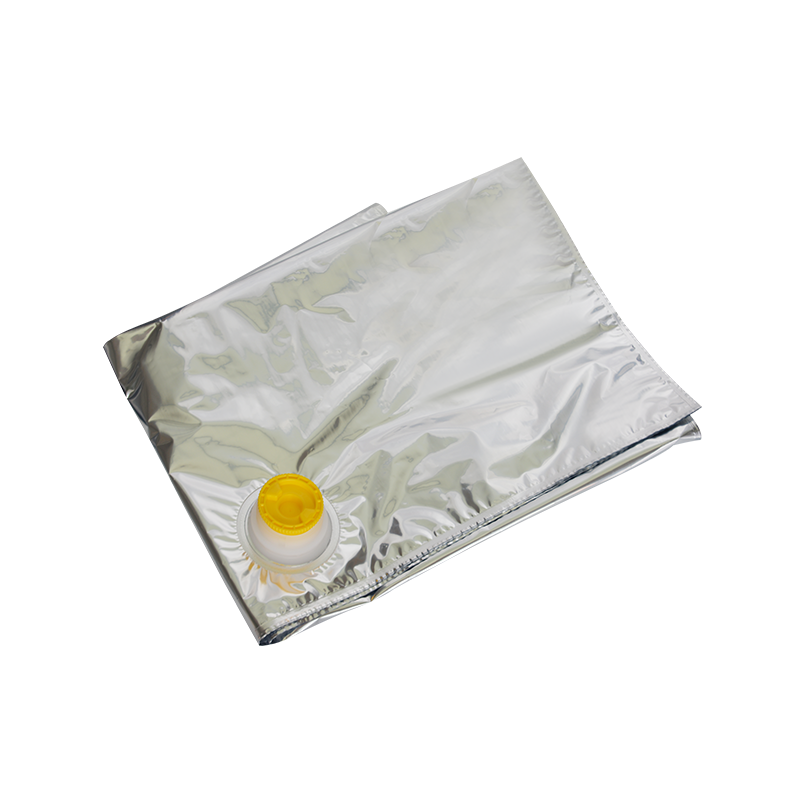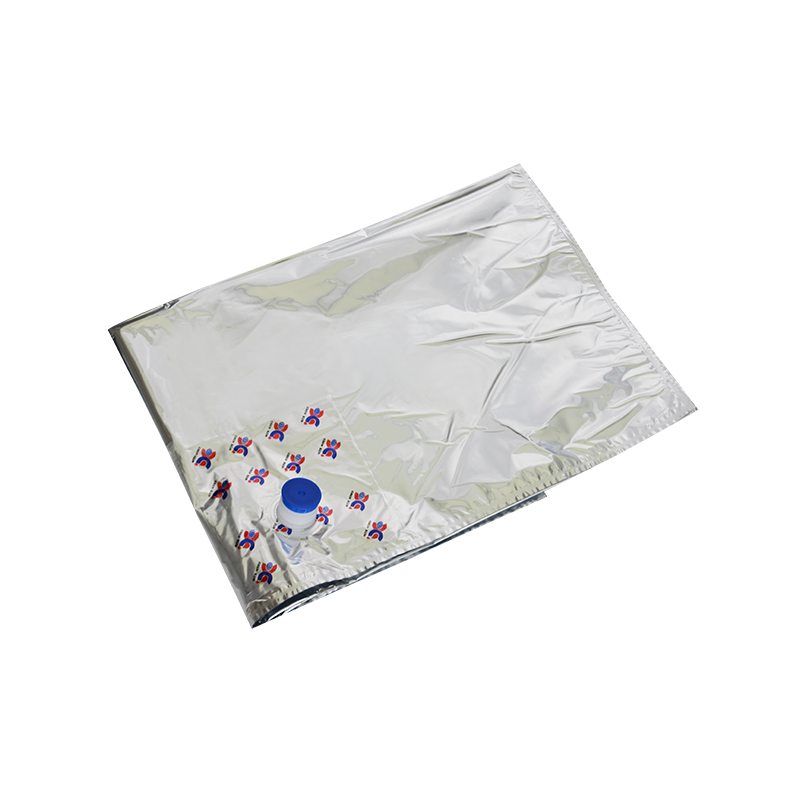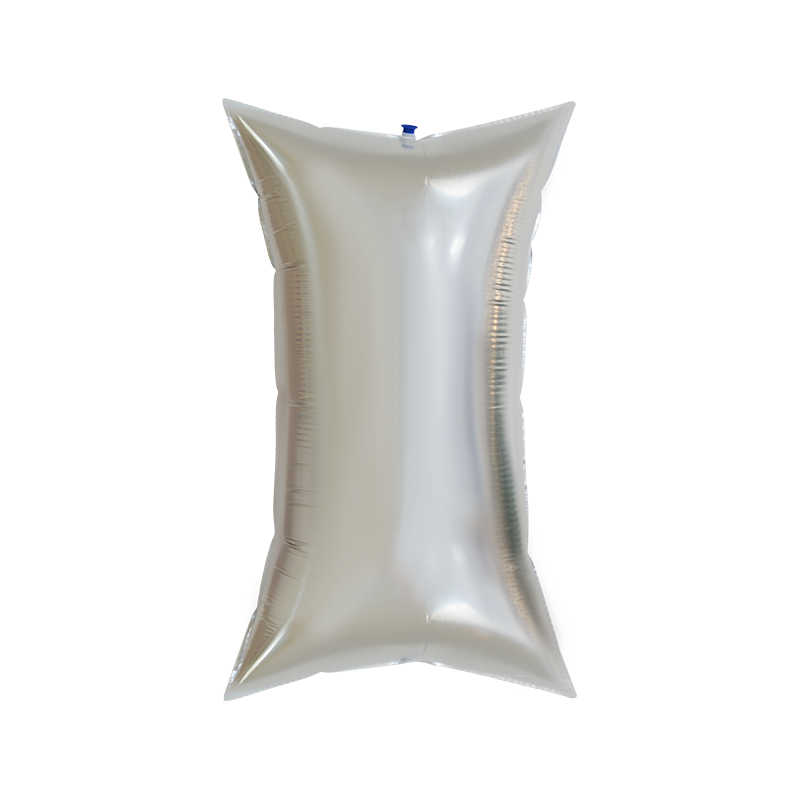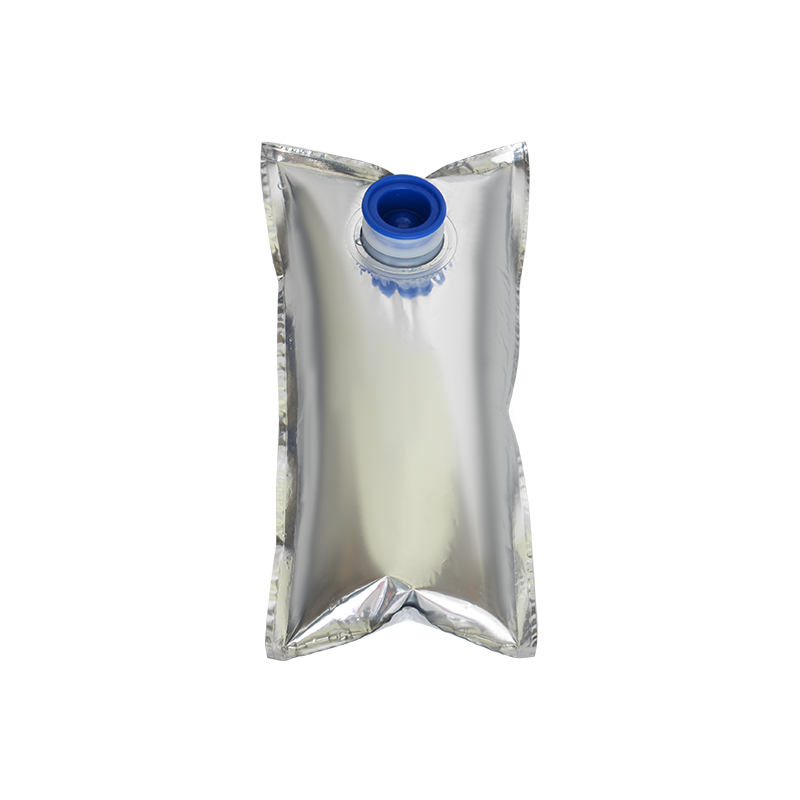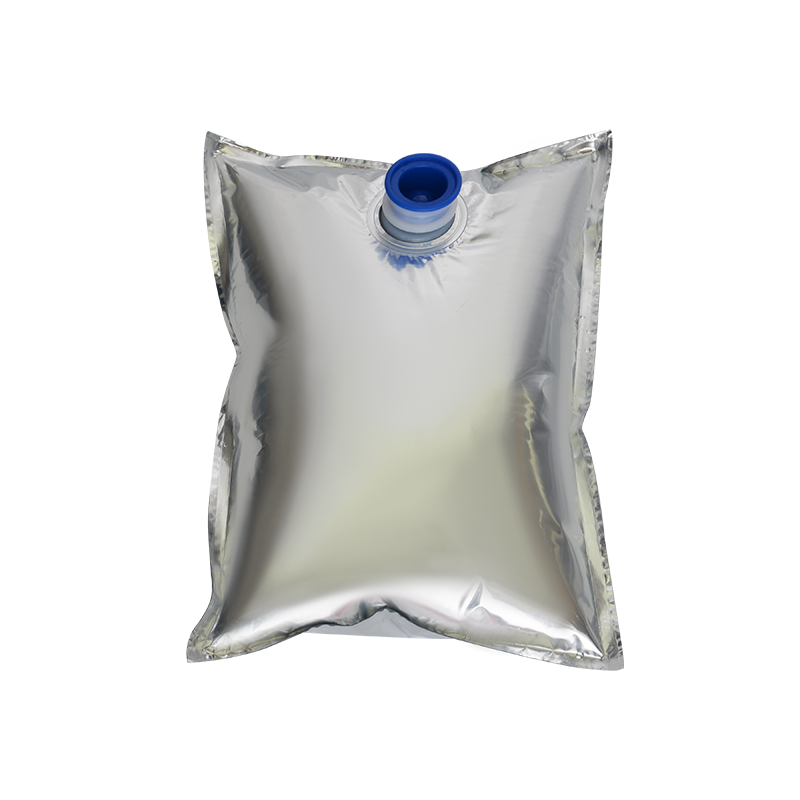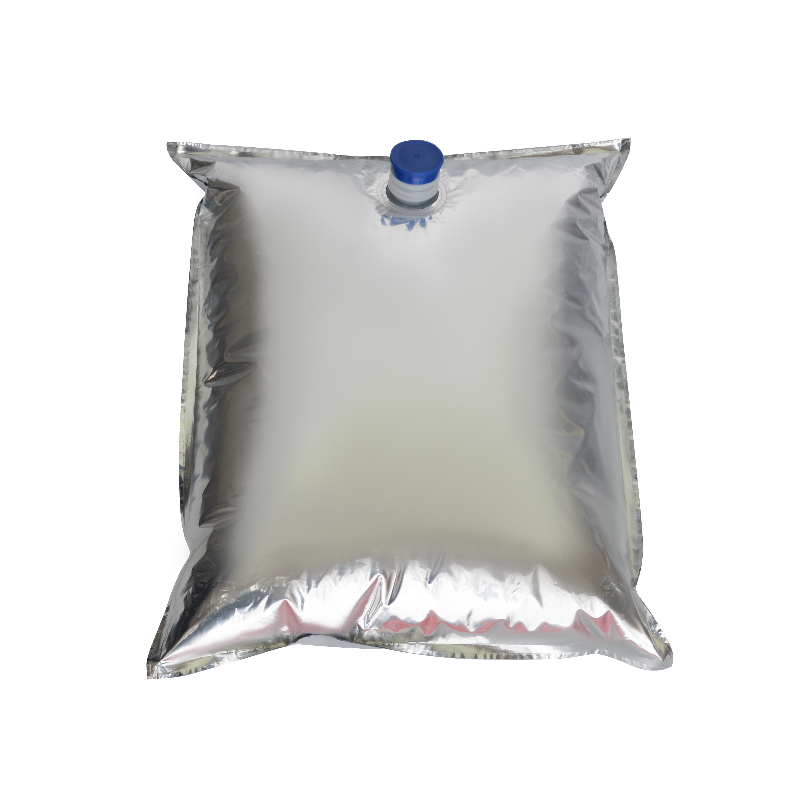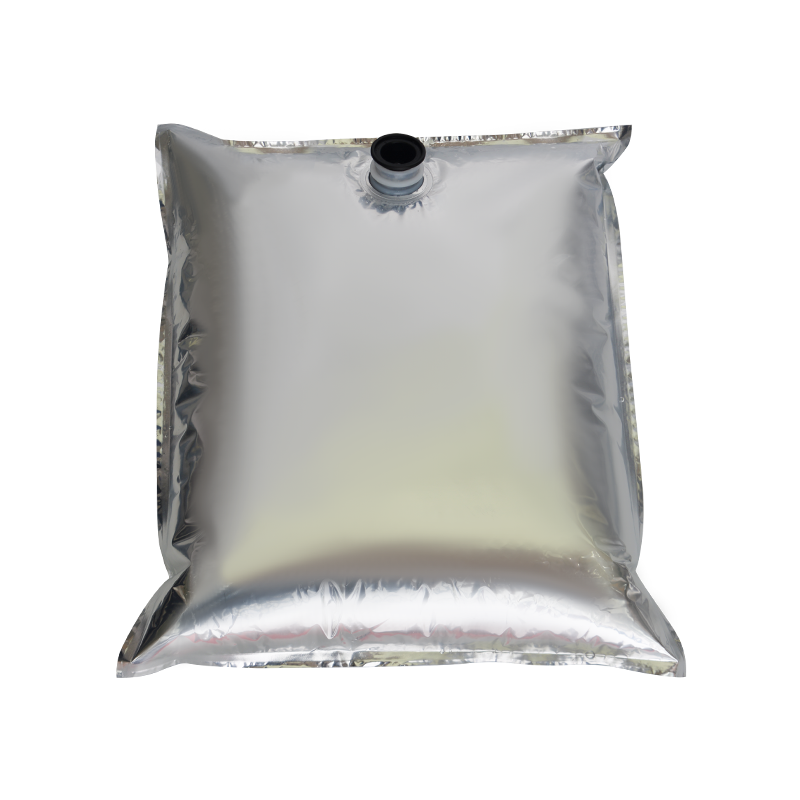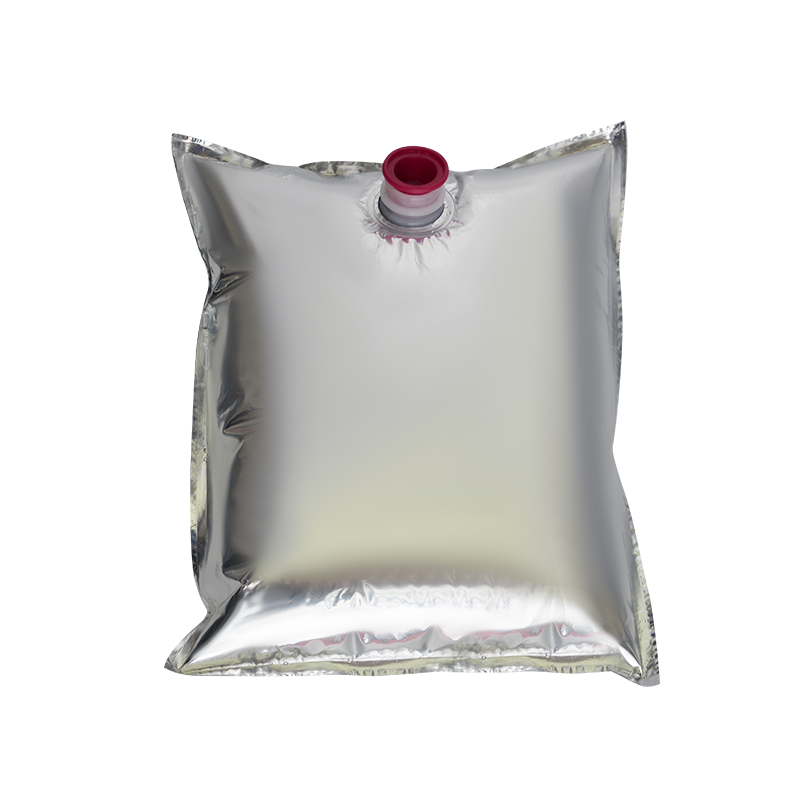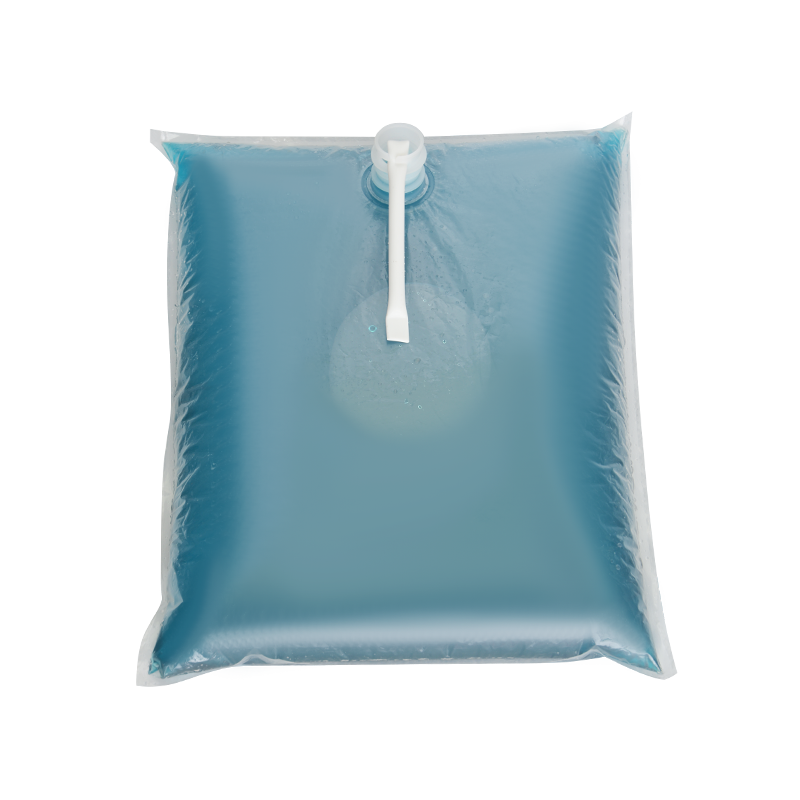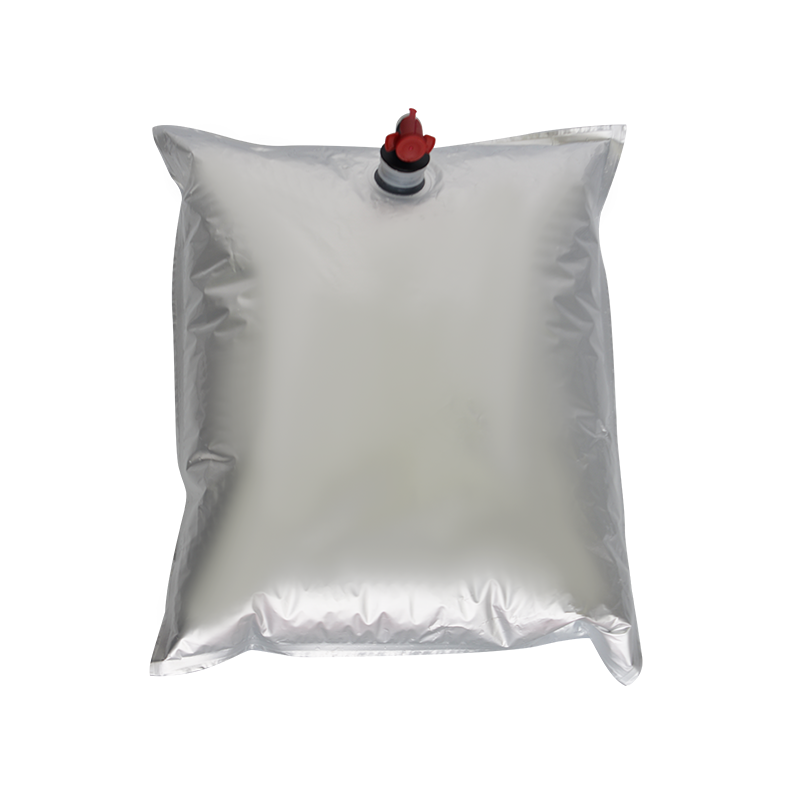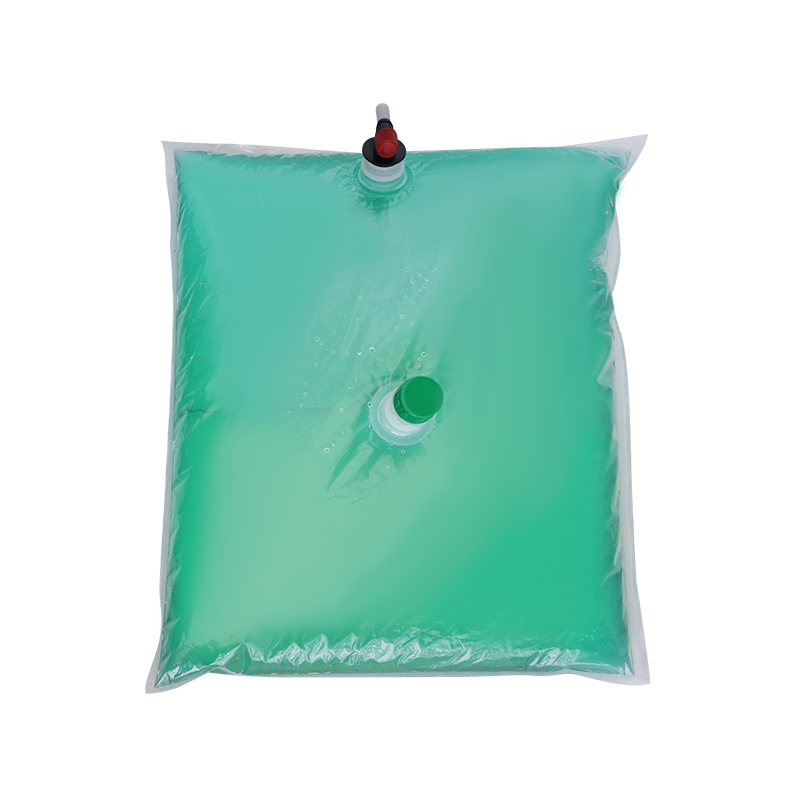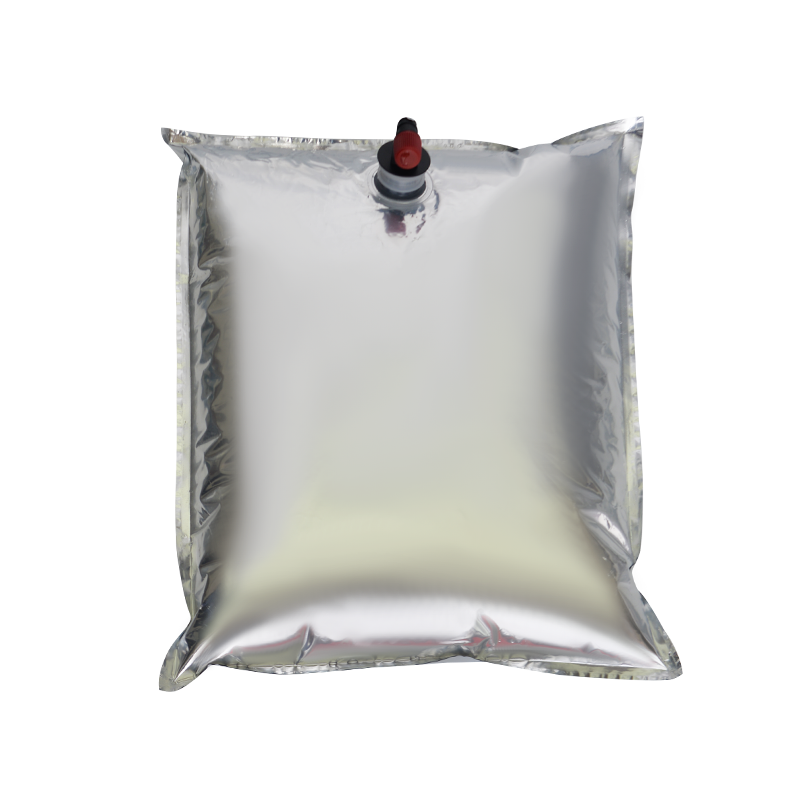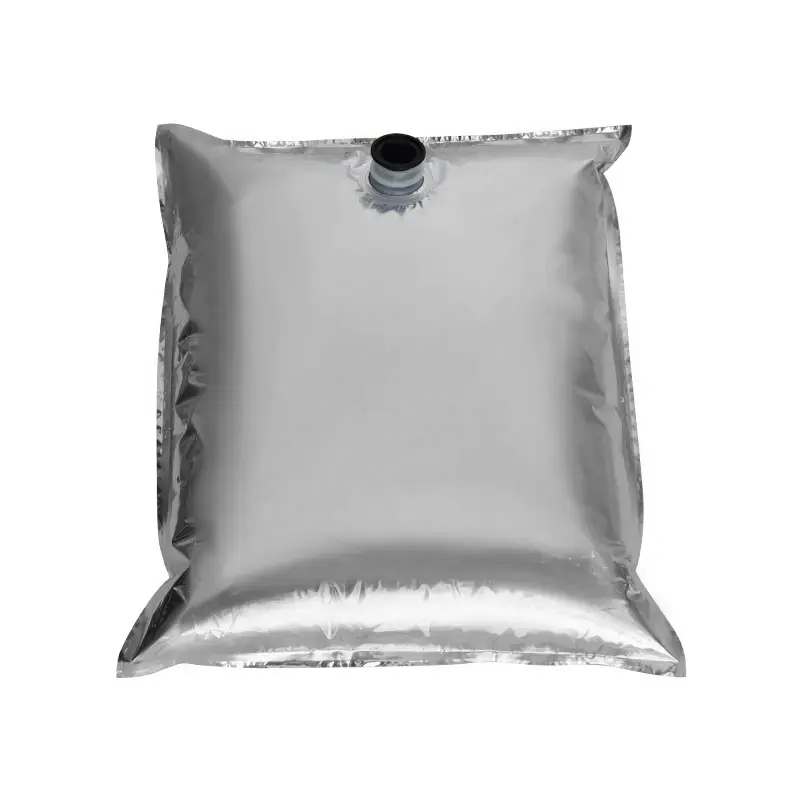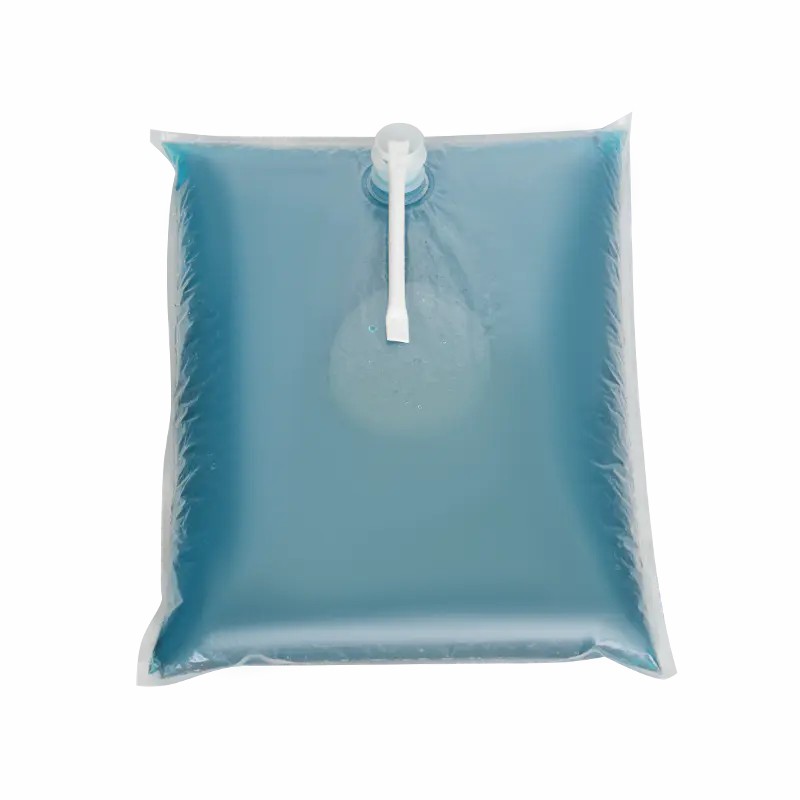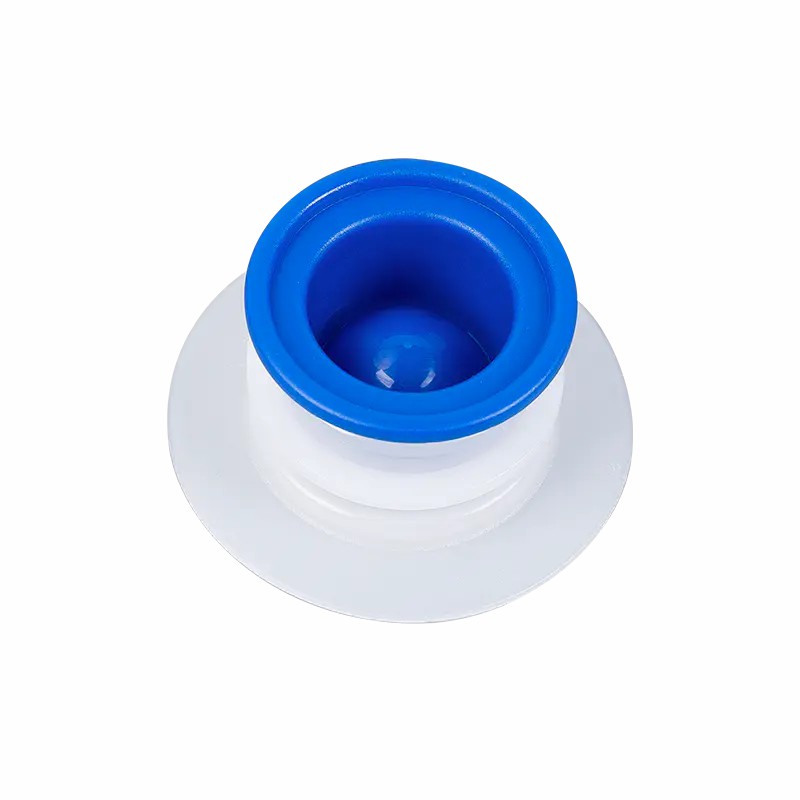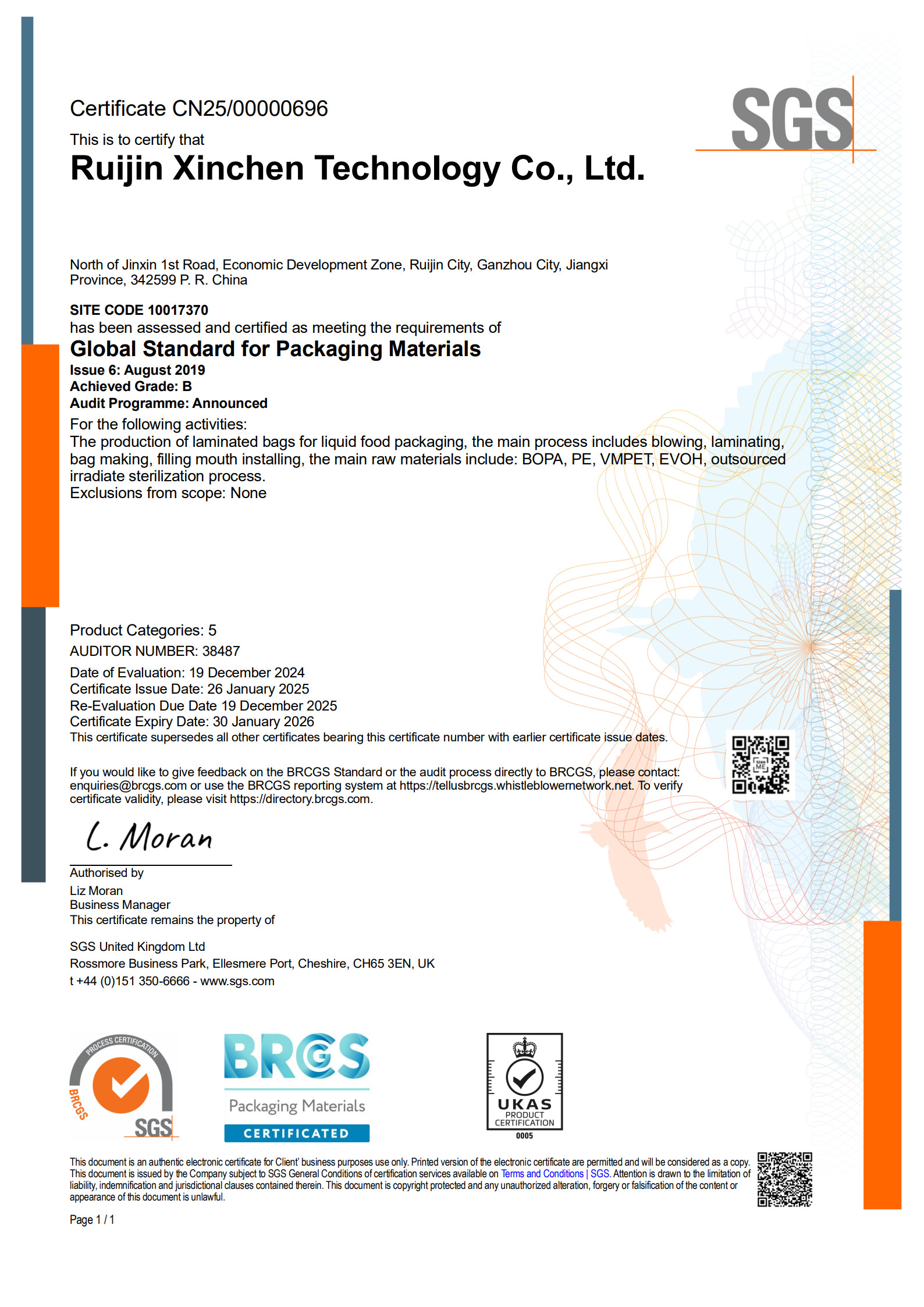
In the brilliant galaxy of modern packaging technology, soft liquid packaging bags are gradually becoming an indispensable bridge between products and consumers with their unique charm and practicality. This is not just a simple packaging form, but also a product of the deep integration of scientific and technological innovation and environmental protection concepts. With its lightness, flexibility and efficiency, it redefines the packaging boundaries of liquid commodities and leads the new trend of the packaging industry.
Soft liquid packaging bags are made of soft materials and can safely and tightly contain various liquid products. Compared with traditional hard packaging such as glass bottles and plastic bottles, soft packaging has more diversified material selection, including but not limited to multi-layer co-extruded polyethylene (PE), polyester (PET), nylon (Nylon) and aluminum foil and other composite materials. These materials are combined through precise lamination technology, which not only ensures the strength and barrier properties of the packaging, but also gives it resistance to falling, pressure and corrosion. More importantly, with the introduction of nanotechnology and bio-based materials, soft liquid packaging bags have made breakthrough progress in preservation, antibacterial and degradability, providing dual protection for food safety and environmental protection.
As consumer demands become increasingly diversified, soft liquid packaging bags stand out with their high flexibility and customizability. Whether it is a small and portable beverage bag, a large-capacity family-size juice, or an infusion bag in the medical field, or a water-fertilizer integrated bag for agricultural irrigation, soft packaging can be perfectly adapted to meet the needs of use in different scenarios.
Against the background of increasing global environmental awareness, soft liquid packaging bags have become an important representative of green packaging with their lightweight, easy to recycle and degradable characteristics. Compared with rigid packaging, soft packaging consumes less raw materials during the production process, has lower transportation costs, and occupies less space after being discarded, making it easier to recycle. In particular, with the widespread application of bio-based materials, more soft packaging will achieve green cycles throughout the life cycle in the future, reduce the burden on the environment, and help achieve sustainable development goals.
Soft liquid packaging bags have also made great efforts to improve user experience. Its soft touch, convenient opening method (such as tear-off mouth, straw hole design) and humanized carrying design (such as hand ring, hanging hole) all allow consumers to feel unprecedented convenience and comfort during use.
As an important achievement of modern packaging technology, soft liquid packaging bags are occupying an increasingly important position in the market with their unique advantages. It is not only a protective umbrella for commodities, but also an emotional bond between brands and consumers. Through technological innovation, flexibility, environmental protection and energy saving, and user experience, it continues to promote the progress and development of the packaging industry. In the future, with the continuous innovation of technology and the continuous upgrading of consumer demand, soft liquid packaging bags will shine more brightly and lead the packaging industry towards a greener, smarter and more sustainable future.

 English
English русский
русский